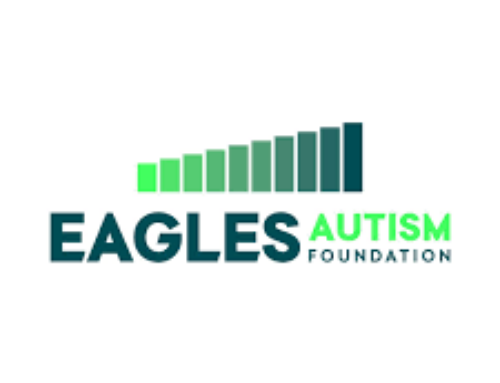Navigating the Autism Diagnosis Process: What Parents Should Know
What are the steps you’ll need to navigate after an autism diagnosis?
Navigating through the autism diagnosis process can be intimidating and frightening for the parents of young children, especially when you don’t understand how the process works.
 To arrive at a diagnosis of autism, professional physicians rely on both behavioral observations and the use of standardized diagnostic scales, which we’ll cover in more detail below. Therefore, it’s essential that if you believe your child might have autism get them tested as soon as possible.
To arrive at a diagnosis of autism, professional physicians rely on both behavioral observations and the use of standardized diagnostic scales, which we’ll cover in more detail below. Therefore, it’s essential that if you believe your child might have autism get them tested as soon as possible.
Early identification of autism will allow you to act sooner and start putting in place support, therapies, and learning accommodations while your child progresses through the development stages of their life.
Navigating the Autism Diagnosis Process Step-By-Step
The autism diagnosis is a two-step process.
The first step is screening, with the second step a diagnostic evaluation.
The first step, a properly conducted screening by a medical professional, will initially determine whether or not a more detailed autism evaluation is necessary. At the same time, it also serves to either identify or rule out any other issues or conditions which may be present and is the first step in ensuring that your child receives appropriate treatment.
Some of the medical professionals who conduct developmental screening include child psychologists, neurologists, neuropsychologists, developmental pediatricians, psychiatrists, and speech-language pathologists.
If you have any concerns as a parent about your child’s development or how they’re developing, the first point of contact should be to contact your child’s primary care physician (PCP) to raise your concerns and inquire about the possibility of early developmental screening.
The sooner you act, the better when it comes to an autism diagnosis. Studies have shown that the earlier a child is diagnosed, the faster treatment programs and therapies can be started, and better long-term results achieved.
By taking a ‘wait and see approach’ to an autism diagnosis, you could be missing out on valuable early intervention therapies and programs that could benefit your child’s development.
If your PCP suggests that you wait and see how your child develops, and you still have concerns about your child’s development, pursue further evaluation.
As your child grows, your PCP will check the development of your child’s progress against established developmental milestones when you attend regular care visits. If, during one of these visits, your PCP shares your concerns or notes anything of concern, your child should be referred for a screening appointment by a developmental specialist.
A screening conducted by a specialist will determine whether your child requires further evaluation for autism.
Navigating the Autism Diagnosis Process – Conclusion
Diagnosing autism at a young age is vital to ensure your child receives early intervention through therapies and programs. If you have any concerns about how your child is developing, don’t wait to consult your primary care physician with your concerns.
If you have any questions about autism products or would like to find more information about sensory products, please don’t hesitate to reach out and contact us directly. Our friendly and professional team is standing by to assist you.





